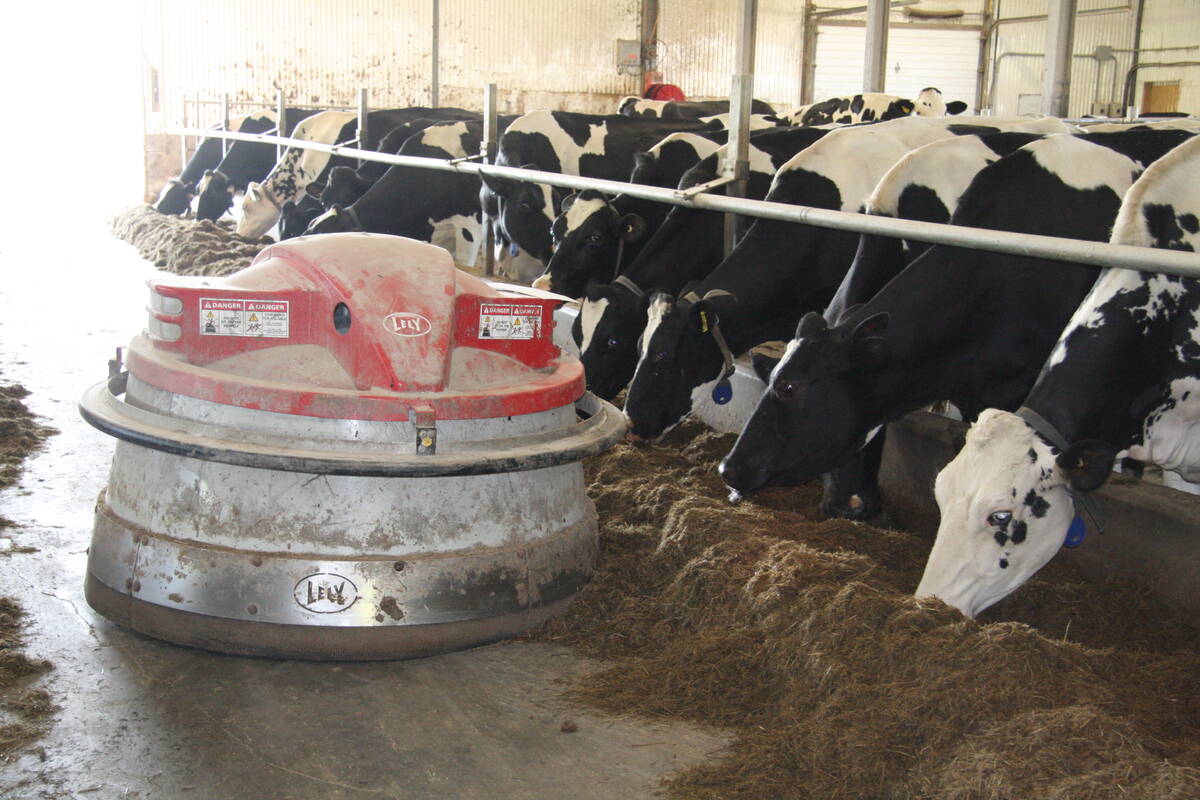OLDS, Alta. – Two well established livestock companies got together over an expensive bottle of wine last winter to talk turkey about cattle feed.
The result was a partnership be-tween Remitall Cattle Co. of Olds and Masterfeeds, a national feed manufacturing company. They are offering a line of ranch-tested nutrition products including creep feeds for calves, rations for show cattle and a range of supplements. The rations are all vegetable-based with no animal byproducts.
Masterfeeds is a 75-year-old company supplying poultry and livestock feed from 14 plants. Two years ago it shifted its focus to the special nutrition needs of cow-calf operators, said company chief executive officer Robert Flack.
Read Also

Partnerships, communication key to disease management
Communication and strong, trusted partnerships are key to managing infectious diseases like Foot and Mouth Disease and HPAI.
The company then worked with the Latimer family, which has been in the purebred cattle business for nearly 60 years. The product is labelled Remitall Rations.
“They are using us to help them market their product because Remitall is a well known name throughout North America in the livestock industry,” said Bryan Latimer. “We knew from past experience that it worked and we helped adjust the rations to be as up to date as we can.”
The first is a premix offering higher than average levels of minerals and trace minerals that are highly digestible. These are especially necessary in calving and breeding periods.
“There are certain times of the year when it is important to have maximum absorption of certain trace minerals and vitamins,” said Allen Dyke, western manager for Masterfeeds.
A pasture mineral includes the ionophore Bovatec, the only approved product to be used on a free choice basis in a mineral mix. Bovatec attacks coccidiosis, a parasite capable of living in soil for up to 40 years. It damages the gut lining and could lead to bloody diarrhea, weight loss and dehydration in young animals.
Another product provides trace minerals and vitamins for healthier collagen tissue in the hoof.
“We’re running into more problems with producers having more problems with feet and hooves with sand cracks,” Dyke said.
The partners will also offer a texturized feed for show cattle and 4-H steers and heifers. It is a vegetable-based diet containing oats, beet pulp, high amino acid bypass soy protein, vegetable oil for a shiny coat, chelated minerals like zinc, copper and manganese, as well as yeast to stabilize the rumen, especially when animals are stressed from being transported and moved to shows.
The creep feeding program provides a supplemental diet to growing calves that require more nutrition than they get from the cow.
For example, a 200 pound calf requires 25 lb. of milk to gain two lb. per day. At 15 lb. of milk, it must consume 4.5 lb. of dry matter to achieve the same gain.
When a calf weighs 400 lb. and the cow is producing 10 lb. of milk, that calf has to consume 10.5 lb. of dry matter. The calf won’t likely eat enough grass to replace the shorter milk supply and continue gaining properly.
The calves can be introduced to a small amount of the feed but once they are familiar with it, the feeder needs to be kept full. Calves can be introduced to creep feeding before 30 days of age.
The feed is provided in a special feeder that keeps the cows out so the calves can get the extra nutrition they need. Creep-fed calves are heavier at weaning and learn to eat from a feed bunk more easily.















